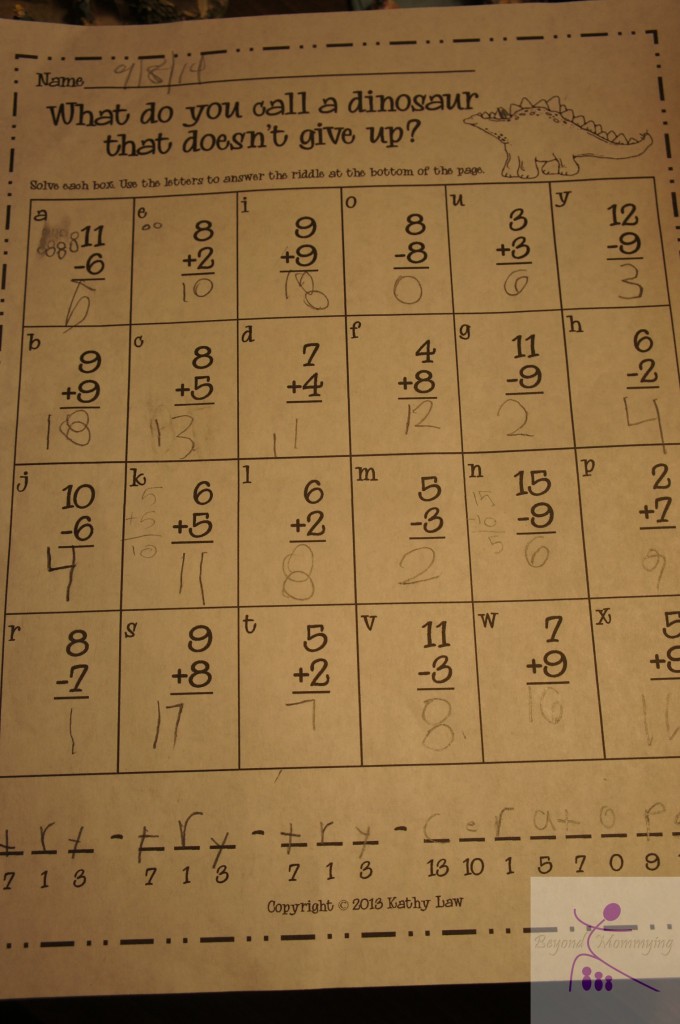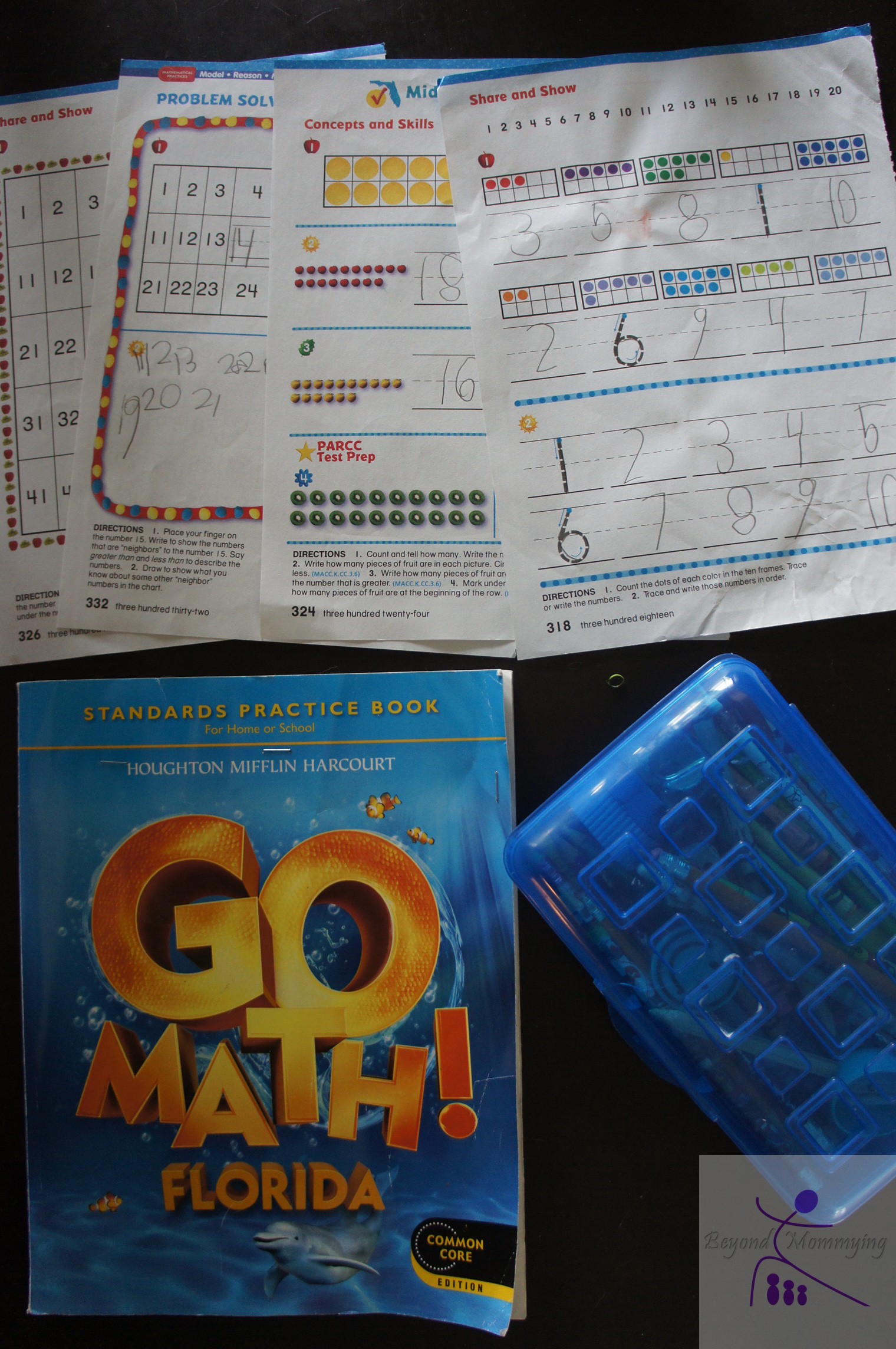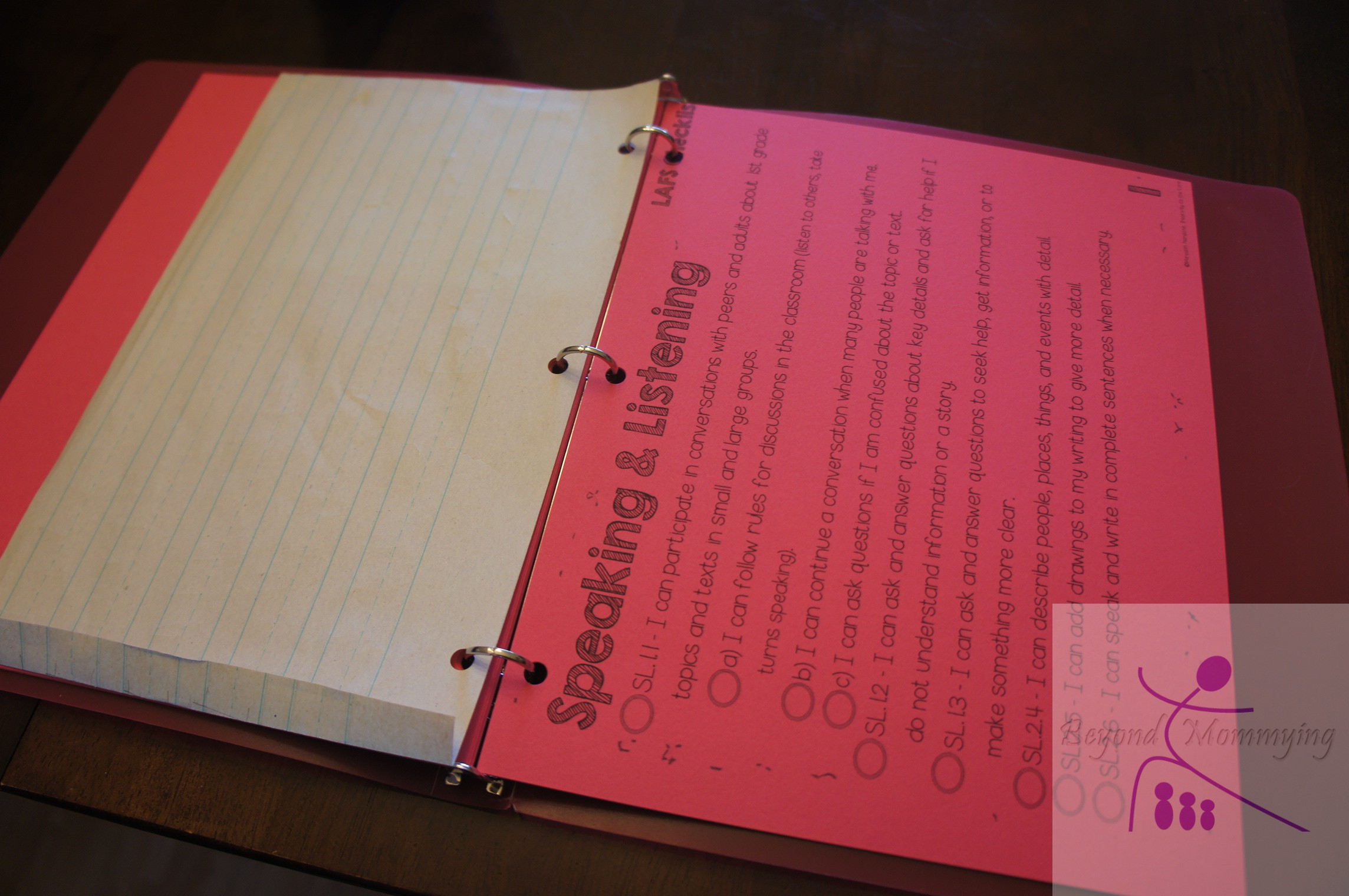With the start of the new school year, there has been a resurgence of Common Core complaining. Last year I was an angry member of the “Parents who hate Common Core” crowd (and wrote about my frustration in “UnMastering Math”). I happily joined in the bashing but after taking my rantings to facebook one afternoon, I was put in my place by a few wonderful educators I happen to have in my life and I came to terms with Common Core after doing my own independent research. I am so comfortable with Common Core, in fact, that I’ve decided to continue following the standards as I homeschool my girls.
Why? Because, as I stated in the above linked posts, Common Core is not a way of teaching, it is a set of standards. It is a list of what children should be able to do at the end of each school year and I want my children to be on the “same page” as their peers should we decide to return them to the regular school pool.
Math is not something many of us enjoy, but have you ever pondered why?
I constantly see parents making statements such as “What is wrong with the way we learned it? Why do we need a new way?”
What is wrong with the way we learned math as children is simple: we didn’t get it so for many people math was hard. And because we didn’t get it then (we merely rote memorized the facts and rules) we struggle to understand the way our children are being taught the why of how math works now.
When I attended a meeting at Honeybun’s elementary school last year, I was disappointed to learn that the math facts are not taught at school (almost as much as disappointed as I was to learn handwriting is no longer taught either). How is a child going to ever be good at math when they don’t know 2+2=4?
Since embarking on our homeschooling journey, I’ve used a few different resources for Honeybun’s math lessons including some I got form TeachersPayTeachers.com, which are created by teachers. Some of the lessons are different than the things I learned but they all have one common trait: they focus on the process, not the product (something that’s always been important to me as both a dance and early childhood teacher).
The tasks aim to teach Honeybun HOW to solve problems, not to just be able to shout out the answer.
I sometimes think about forcing her to learn the facts but what has stopped me is the battle that I know would ensue. I can not force her to do anything and I know that trying to would result in hysterical crying and unnecessary yelling. It’s not worth it. So instead I’m trying the “new” way, which isn’t really new: it’s the way I do it in my head. The difference? She is being asked to write it down, to show her mental process.
Here’s an example of a sheet we did the other day:
Nothing “new” here, it looks like any sheet I would have done growing up. The sheet is a series of addition and subtraction problems that then decode the answer to a joke. Some of the problems were simple for her and she knew the answer right away. Some she was able to problem solve using strategies she’s previously learned. Others were tricky for her and I had to guide her process to get to the answer (especially towards the end as she got bored and tired).
One problem she struggled with was 9+8. I easily know that is 17, but even if I didn’t just know it, there are strategies I would use, in my head, to solve the problem. So I took Honeybun through my “mental” process by using easier equations she already knows the answers to:
What is 10+8? 18 (the closest “easy” equation she knows the answer to)
What is 10-9? 1 (the difference between the easy and original equations)
What is 1 less than 18? 17 (the difference between the easy and original answers)
So what is 9+8? 17.
To many this looks like the “new” common core math but I never learned “common core” math, it was merely the most logical way I could easily get her to the answer without having her count.
It seems like a lot of extraneous steps. As adults, we just know that 9+8=17 because we were forced to memorize our facts. But if we didn’t just know the answer, the above is probably the strategy we would use to get the answer except we would go through the steps quickly in our heads and would therefore feel like we just “knew” it.
So where is the benefit in teaching the process rather than just forcing the facts? By teaching our children HOW to solve the simple problems, they will be able to learn HOW to solve tougher problems. They will also learn problem solving and will have the skills and perseverance to try new things. And unlike older generations, hopefully this will make math easier for them because it will make sense, to them it won’t just be a set of “rules” but a process they understand.
I’m one of the lucky people that “got” math growing up. It was easy for me and even though I may never have been taught the “why”, it was logical to me and made sense. Now as an adult, I find numbers fascinating. The way they work together, the way we can use them, everything about numbers and math is so cool! (Really, I’m not just saying that. You should see my spreadsheet collection!) This is the excitement I want for my children. I want them to LIKE math and be curious about numbers in their world, not just get by in their math lessons.
So maybe instead of hating and bashing Common Core, we should take the time to try to understand it. Look at your child’s work, have them take you through their work and you might be surprised how their written process matches up with your mental process!
And by the way, all Common Core has to do with the above example problem is that it falls within the following standard:
1.OA.C.7: Add and subtract within 20, demonstrating fluency for addition and subtraction within 10.









